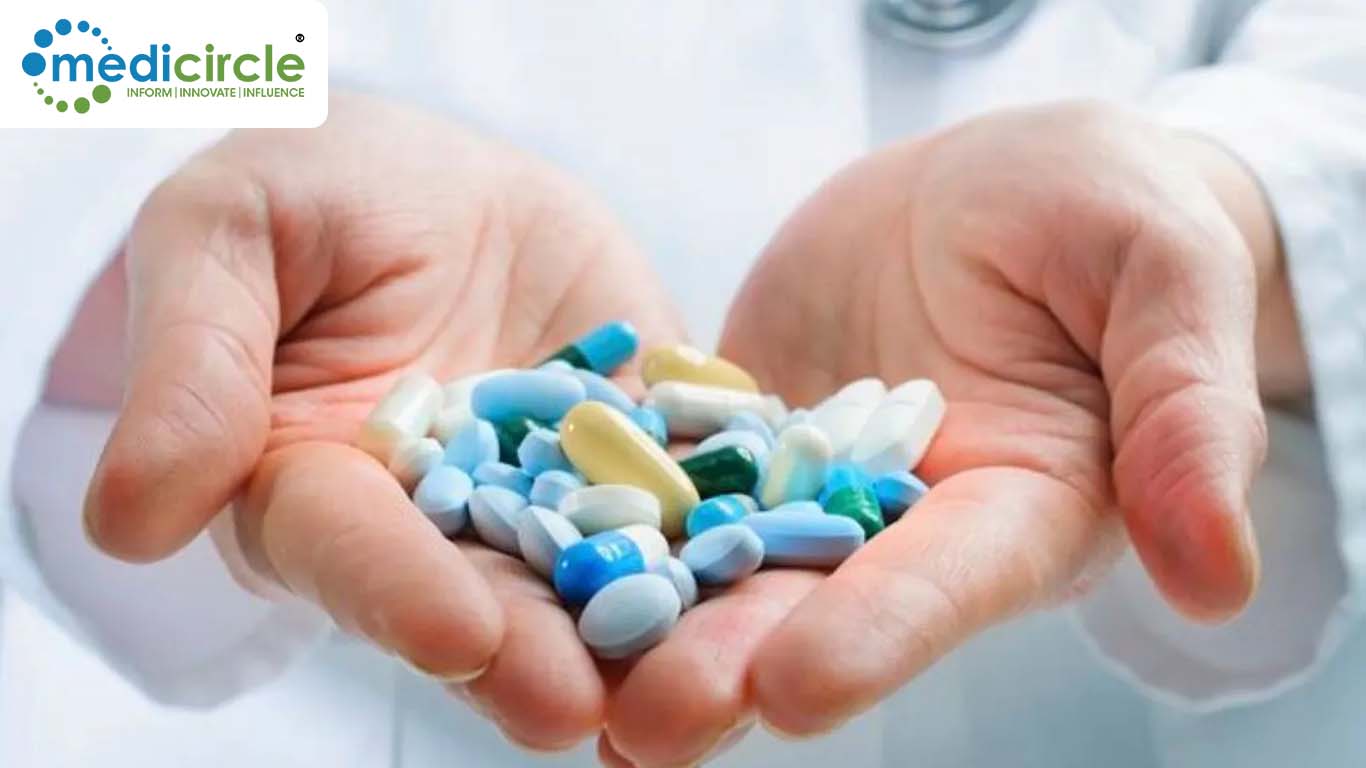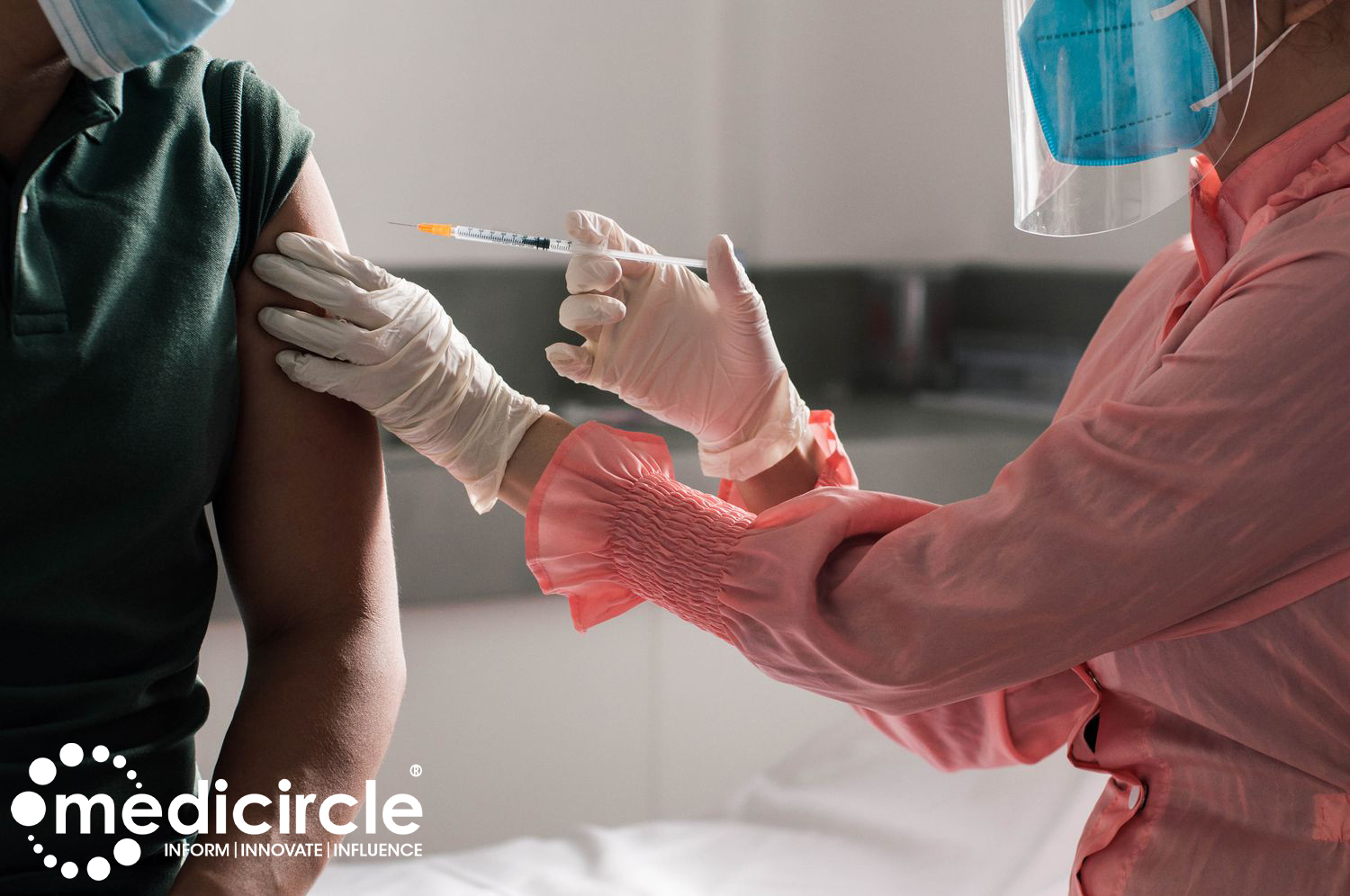Indian pharmaceutical exports are likely to touch $20 billion by 2020 from the current level of around $16.5 billion, registering a compounded annual growth rate (CAGR) of about 30 per cent, says a joint study by Assocham and UL India.
Indian pharmaceutical sector is expected to register a growth of about 16 per cent in 2018 and is likely to touch $55 billion by 2020 from the current level of $28 billion, the study.
Most of the exports, says the Assocham Secretary General D S Rawat, shall be derived from generic drugs.
India is the third-largest global generic Active Pharmaceutical Ingredient (API) manufacturer in terms of market share and generic drugs form the largest segment of the Indian pharmaceutical sector and today.
India is easily the largest provider of generic medicines globally by volume. Current projections show that as India continues to develop this sector, its growth will expand in the next several years.
India accounts for the second largest number of Abbreviated New Drug Applications (ANDAs) and is the world’s leader in Drug Master Files (DMFs) applications with the US, adds the study.
India has 24,000 pharmaceutical companies, 250 of which are in the organised category. These 250 organised companies control nearly 70 per cent of the market.
About 8,000 small-scale units together form the core of the pharmaceutical industry in India, including five Central Public Sector Units.
Since many of the highly profitable drugs shall be going off patent in the coming years, this will benefit the companies in India who can now manufacture these drugs and enable them to capture more revenues.
They will be generating profits to become innovative companies which will enable them to evolve out of generic manufacturing to grow, develop and market their own pharmaceuticals through robust R&D which will allow them to expand globally.
To fully make the transition from a local generics drugs provider to become a global quality standard, manufacturers must look at different business models whilst at the same time considering the increasingly complex regulatory environment.
Partnering with experts in all scientific, technical and especially regulatory fields can reduce overheads and ensure the best guidance on approaches to maximize on the investment made.
The industry need to collaborate with internal and external customers to identify Critical to Quality parameters to improve internal processes and ensure patient safety, while building relationships with key stakeholders one should solicit feedback.
This effort recognises impact it has on product quality upon implementation, and all quality related data that includes recalls, adverse event reports, warning letters etc is now available on open.fda.gov.
Under the right for information act, one regulatory agency is liable to share a company’s final audit report with another regulatory agency without seeking their approval.

 Indian pharmaceutical exports are likely to touch $20 billion by 2020 from the current level of around $16.5 billion, registering a compounded annual growth rate (CAGR) of about 30 percent.
Indian pharmaceutical exports are likely to touch $20 billion by 2020 from the current level of around $16.5 billion, registering a compounded annual growth rate (CAGR) of about 30 percent.






.png)
.png)












.jpeg)


.jpeg)



.jpeg)
.jpeg)






.jpeg)





